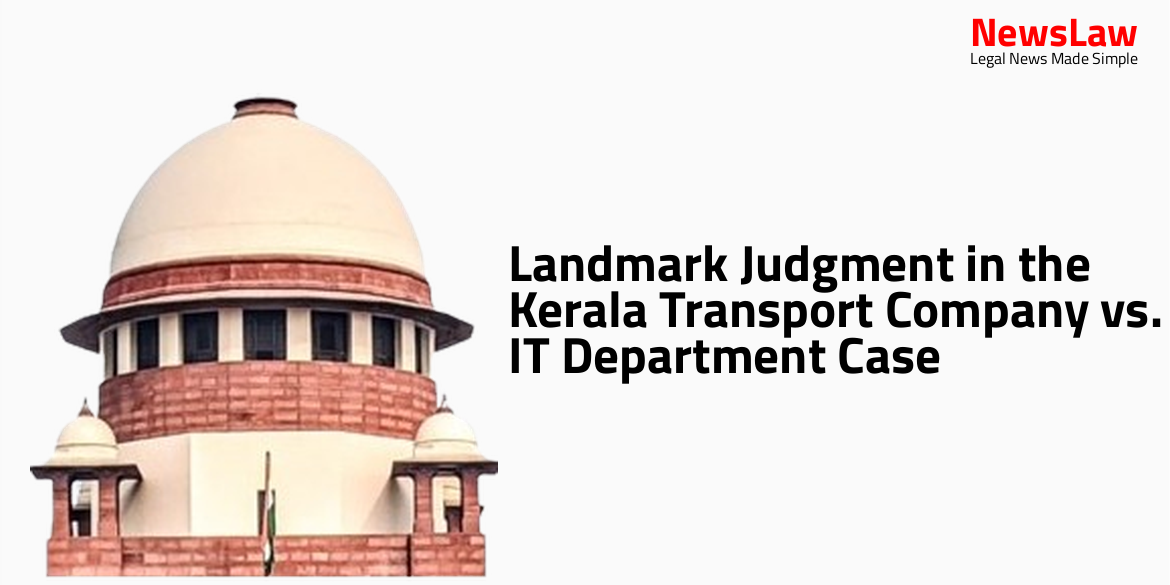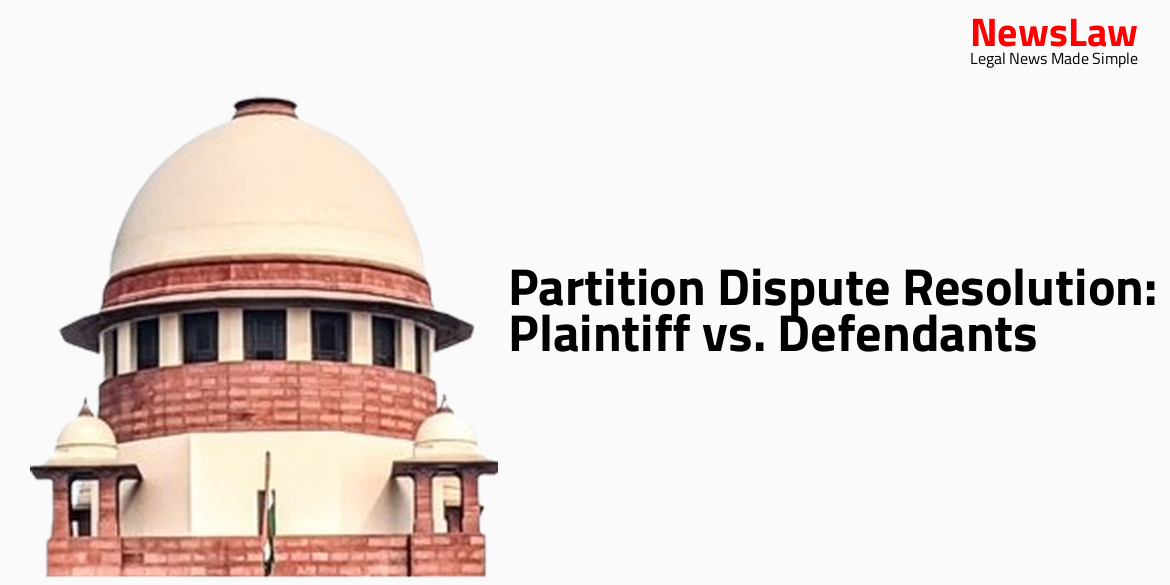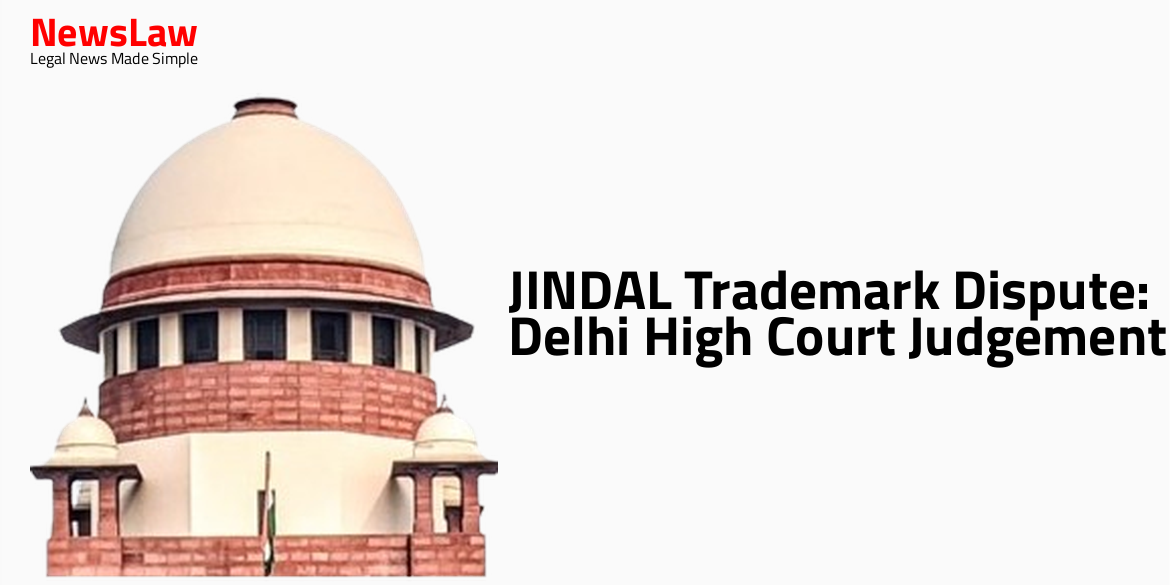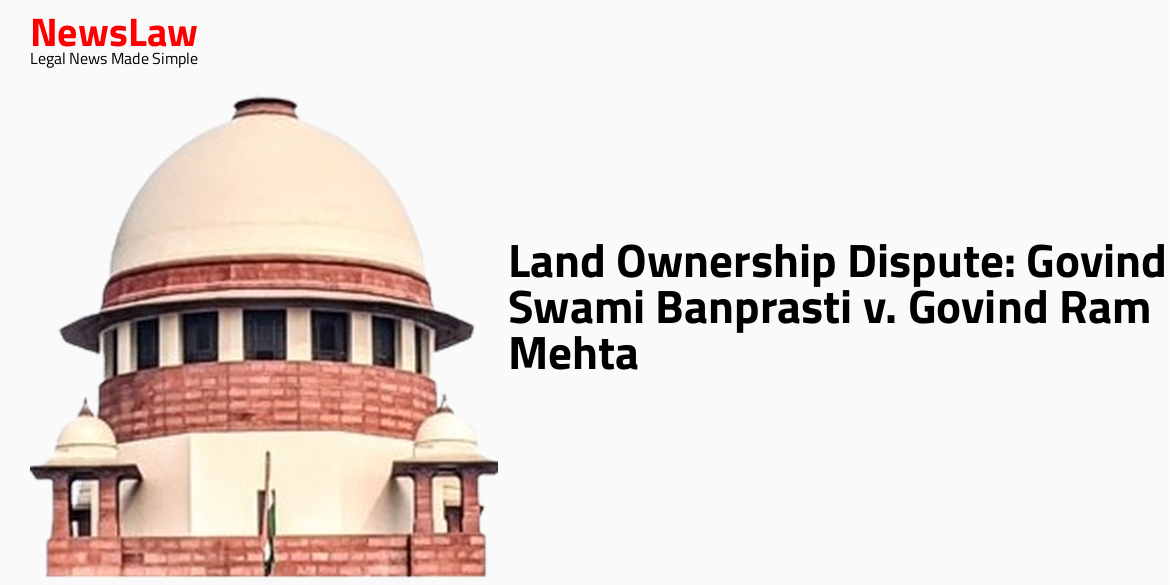In a significant ruling, the Delhi High Court has resolved the issue in the Kerala Transport Company vs. IT Department case. The judgment provides clarity on the estimation of liabilities and provisions, favoring Kerala Transport Company. This decision sets a clear precedent for similar cases, emphasizing the importance of historical data and proper estimation methods. The ruling brings resolution and guidance in the realm of income tax assessments and provisions.
Facts
- The issue in the estimation of Kerala Transport Company was settled in the judgment by the Kerala High Court.
- The ruling from the Kerala High Court was in favor of Kerala Transport Company.
- The judgment provided clarity and resolution to the contested matter regarding the estimation of Kerala Transport Company’s income.
Issue
- The appellant challenges the decision of the ITAT in deleting the disallowance of provision for unsettled claims outstanding as on March 31.
- The appellant argues that the provision is shown in the books of account and can be allowed in the year of materialization.
- The appellant contends that the provision was made on an ad-hoc basis and that special provision under rule 6E of the IT Act had already been allowed to the assessee.
Arguments
- The appellant argued that the provision for claims incurred but not reported is in accordance with IRDA Regulations which the insurance company is bound by.
- The Tribunal considered the contention that provision for unsettled claims is not ad hoc or an estimate as all outstanding claims are recorded to the extent lodged by policy holders.
Analysis
- The Tribunal upheld the view taken by the Commissioner of Income Tax (Appeals) regarding provisions for liabilities incurred but not reported (IBNR) being ascertained liabilities.
- The historical trend of defects being detected in some items supported the provision for unsettled claims.
- The company’s provision for meeting liability under the leave encashment scheme was deemed valid for deduction from gross receipts.
- The manufacturer and seller of multiple items was entitled to make a reliable estimate for warranty provisions based on historical trends.
- The supreme court emphasized on the provision for warranty being integral to the sale price, fulfilling accrual and matching concepts.
- The distinction between incurrence of a liability and its quantification was highlighted as key in assessing provisions.
- The method followed for general insurance IBNR reserves was considered valid for estimating outstanding claims.
- The rationale underlying the warranty provision was based on historical trends and past experiences of the company.
- The Tribunal accepted the assessee’s claim that the liability for warranty expenses was definite and certain with a quantifiable estimate based on past data.
- A provision is recognized when there is a present obligation from a past event, the probability of an outflow of resources, and a reliable estimate of the obligation amount.
- Liability is a present obligation from past events expected to result in an outflow of resources embodying economic benefits.
- Obligating events create obligations leading to outflows of resources independently of the future business conduct.
- For liabilities to be recognized, there must be a present obligation and a probable outflow of resources.
- Historical trends play a significant role in estimating provisions like gratuity liabilities.
- The courts have differentiated between contingent liabilities and accrued liabilities based on proper ascertainability and estimation principles.
- Certain judgments like Bharat Earth Movers have influenced the assessment of provisions for liabilities.
- Provisions made on a discounted basis for contingent liabilities can be considered as trading expenses if properly valued.
- Estimations for provisions should follow accepted principles of commercial accounting and practice.
- High Courts and Tribunals have consistently upheld the deduction of provisions for liabilities provided they are properly ascertainable and estimated.
- Provisions for liabilities based on actuarial valuations have been allowed as deductions, showcasing the importance of empirical data.
- The onus lies on tax authorities to estimate liabilities correctly based on circumstances and empirical data.
- Judgments like Metal Box Co. of India and Shree Sajjan Mills have provided guidelines for the deduction of provisions for liabilities.
- An enterprise has the right to make provisions for liabilities based on substantial degrees of estimation and empirical evidence.
- Liabilities must be present obligations arising from past events with reliable estimates for amounts owed.
- The judgement considers the precepts of reasonable estimation.
- Liabilities are quantified based on historical trends.
- Known actuarial methods for estimation are adopted in accordance with IRDA Regulations.
Decision
- Appeal is allowed
- Judgment under appeal is set aside
- Appeals fail and shall stand dismissed
- No error found in the view taken by the Tribunal
Case Title: PRINCIPAL COMMISSIONER OF INCOME TAX 1 Vs. M/S CARE HEALTH INSURANCE LIMITED (EARLIER KNOWN AS M/S RELIGARE HEALTH INSURANCE CO. LTD.) (2024:DHC:4616-DB)
Case Number: ITA-304/2024



